June 2016
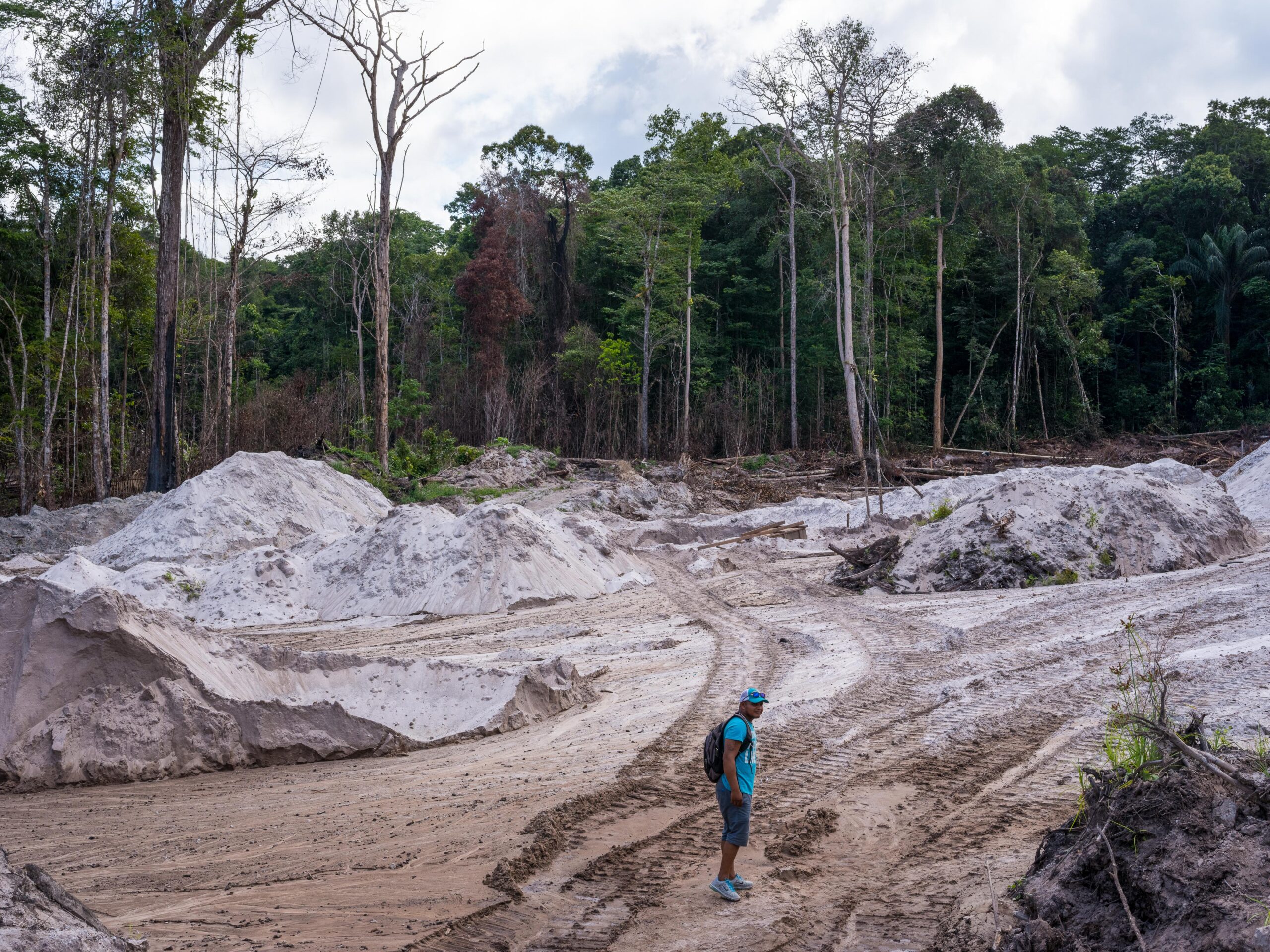
A Gold Miner in the Forest
June 30, 2016
By Chris Warren Among the last things you can expect to see along the road headed south from the Guyanese city of Linden is a living, breathing human being. In large part, that is because the deeply rutted dirt road to Brazil cuts through thick forest where human settlements of any sort are exceedingly rare. […]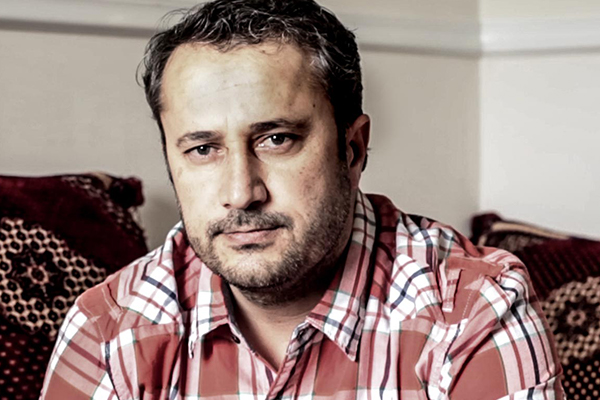
Once A Refugee, Now An Advocate
June 20, 2016
How a Former Refugee is Working to Give Others a Voice When Mojeeb Stanikzai looks at the displaced children of South Sudan, he sees himself. He was just six years old when his father was killed in a bomb blast during the Soviet-Afghan war. Out of money and options, his family fled their native Afghanistan […]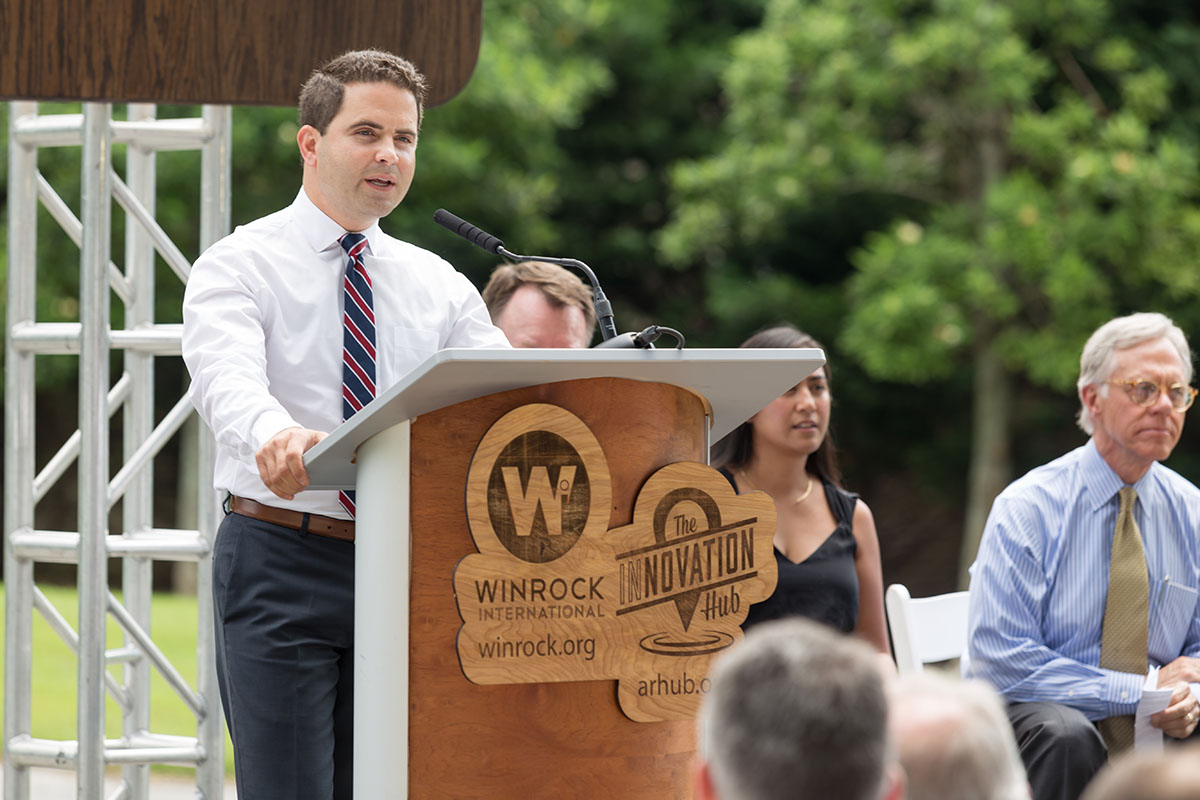
Winrock International, Innovation Hub To Combine
June 15, 2016
Winrock International, the Arkansas-based international development organization with a focus on agricultural, environmental and community development issues, today announced that it will combine with the Arkansas Regional Innovation Hub in a strategic reorganization of its U.S. and Arkansas programs. As part of this unification, Warwick Sabin, who is currently the executive director of the Innovation […]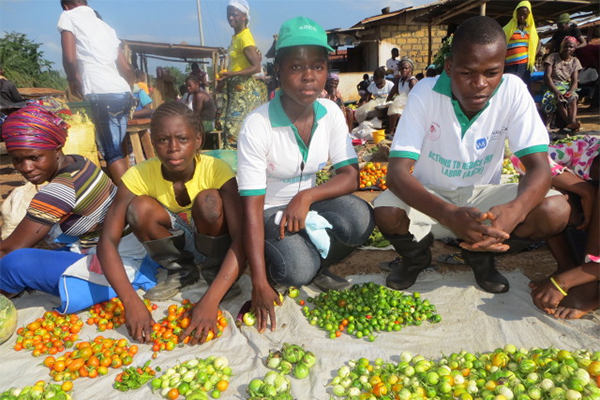
Ending Child Labor from the Inside Out
June 10, 2016
By Rodney Ferguson, President and CEO, Winrock International Mercy Dahn was 9 years old when she began working on her father’s rubber farm in Liberia. At first she dug holes and planted young trees, but as she grew older the tasks grew more difficult and dangerous. She worked with acid that irritated her skin, and […]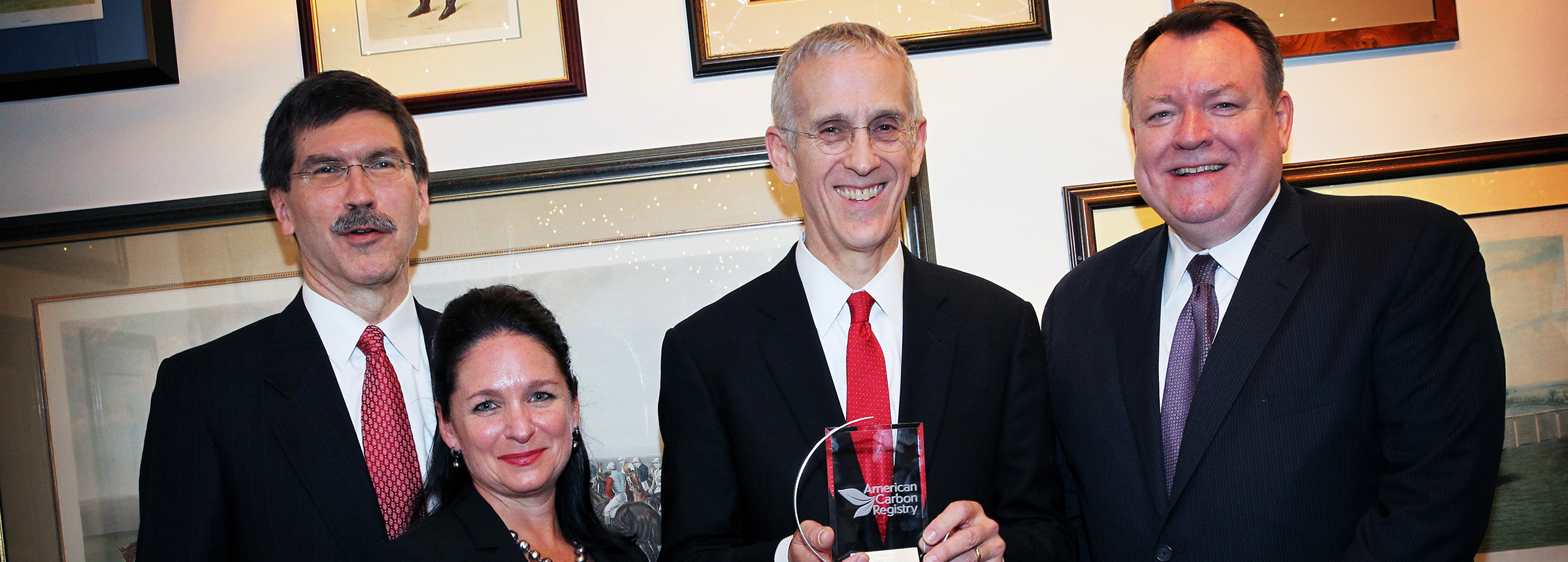
Special Envoy Todd Stern and ACR Director John Kadyszewski Discuss Climate Change
June 10, 2016
Earlier this month, the American Carbon Registry presented its 2016 Climate Leadership Award to former U.S. Special Envoy for Climate Change Todd Stern. The remarks ACR director John Kadyszewski made presenting the award and the ones Stern made accepting it provide a behind-the-scenes mini-history of climate change efforts leading up to COP21 in Paris. Here’s […]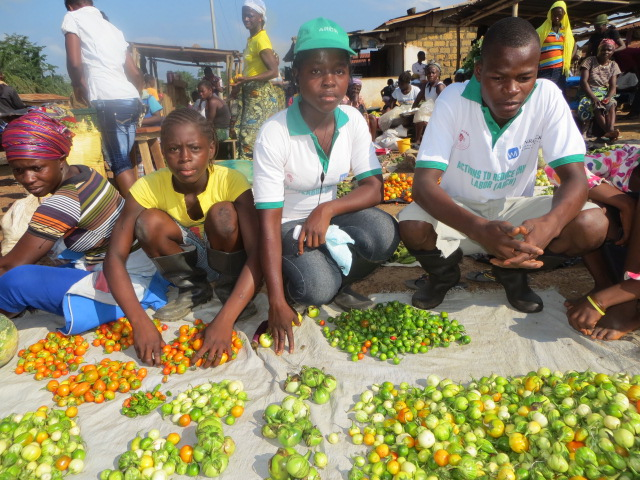
ACR Presents Climate Leadership Award to Special Envoy for Climate Change Todd Stern
June 10, 2016
To understand why former U.S. Special Envoy for Climate Change Todd Stern is the 2016 winner of the American Carbon Registry’s Climate Leadership Award, it helps to remember what was happening in 2009, after Copenhagen. “We had a broken system, an artificial divide between developed and developing countries,” said John Kadyszewski, director of the American […]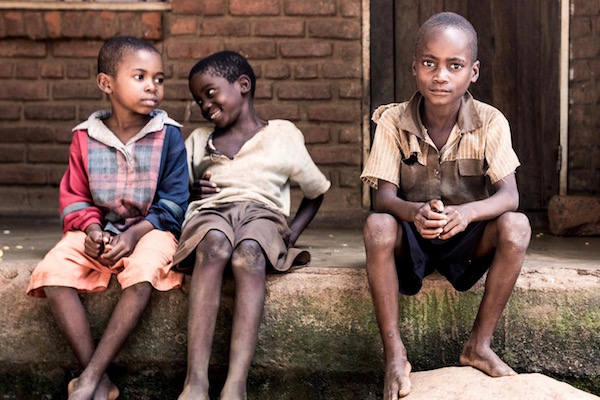
Twitter Chat Wrap-Up: Child Labor in Supply Chains
June 10, 2016
Leading into World Day Against Child Labor on June 12, Winrock convened and moderated a Twitter chat to discuss the ramifications of child labor in supply chains and what we can all do to help tackle this important issue. [View the story “Twitter Chat: Child Labor in Supply Chains, June 9” on Storify]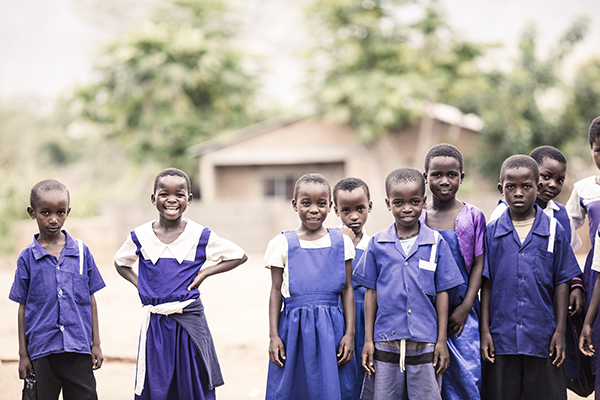
World Day Against Child Labor 2016
June 6, 2016
This year’s World Day Against Child Labor highlights the problem of child labor in supply chains. To commemorate the day and raise awareness about this issue Winrock International (@WinrockIntl) will host a one-hour Twitter chat on Thursday, June 9th between 10:00-11:00 AM EDT. During the chat panelists will discuss how advocates, businesses, and consumers can ensure […]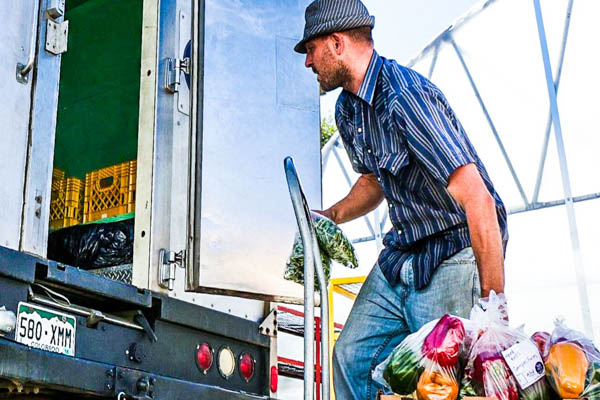
Adding a Human Touch to the Food Value Chain
June 6, 2016
By John Fisk, Director, Wallace Center How many times have you heard that people are an organization’s most valuable resource? Turns out they make a big difference to the food value chain, too — in a surprising new way. The Wallace Center at Winrock International has been working closely with the U.S. Department of Agriculture […]